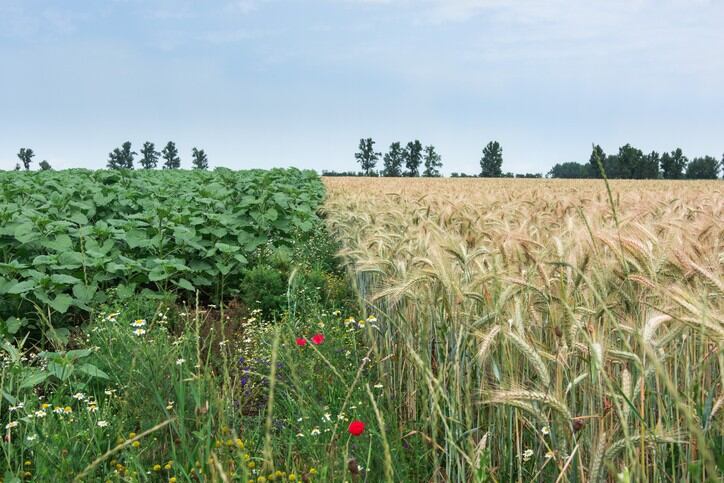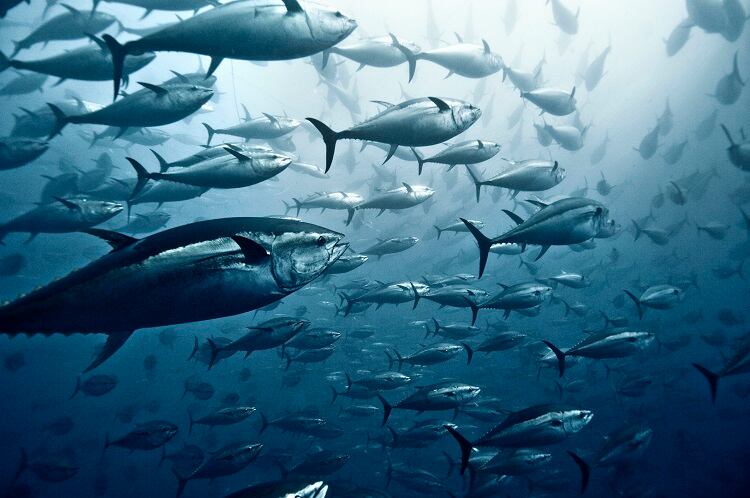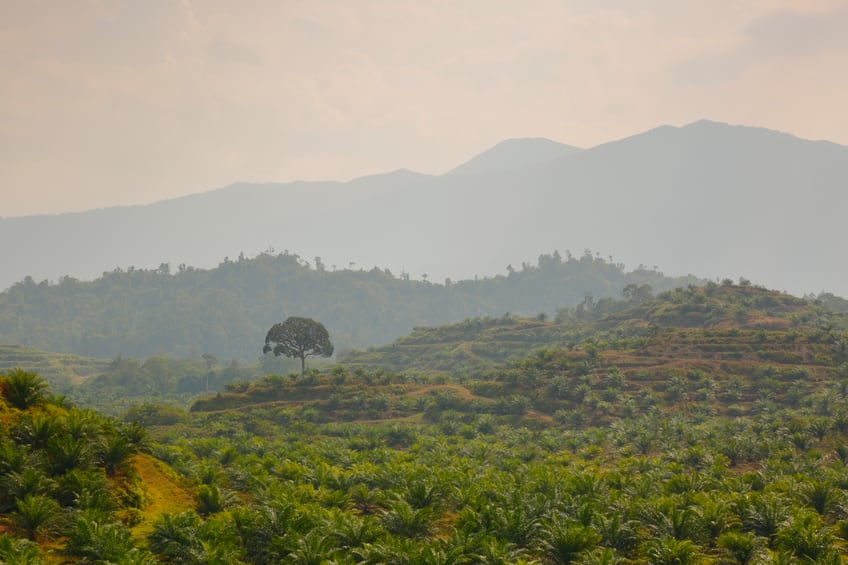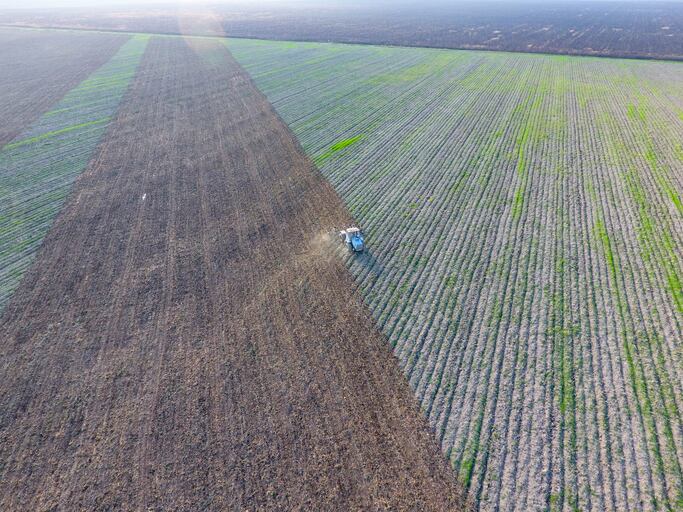Most Europeans are concerned about the loss of biodiversity, according to a Eurobarometer survey on the topic. Of the more than 27,000 people interviewed, over 70% said that they were aware of issues around biodiversity – a marked increase from previous years.
The vast majority of citizens, 96%, believe we have a responsibility to look after nature. But beyond this, people are coming to recognise the importance of biodiversity for production and economic growth: 91% agree that biodiversity is “indispensable” for the production of food and 92% state it is necessary for long-term economic development.
According to European authorities, pollution, man-made disasters and climate change are perceived as the “biggest threats” to biodiversity. The report noted the link between food production systems and biodiversity loss are also more understood by consumers today than at the time of the last Eurobarometer survey in 2015.
“Intensive farming, intensive forestry and over-fishing – by far the most important drivers of biodiversity loss – are increasingly but not yet fully recognised as major threats to biodiversity,” the report stated.
Almost every second European citizen considers intensive farming, intensive forestry and over-fishing as a threat to biodiversity.
The release of the survey was timed to coincide with new research from the Intergovernmental Science-Policy Platform on Biodiversity and Ecosystem Services (IPBES). In a hard-hitting warning, IPBES spoke of the “unprecedented” and “dangerous” decline of biodiversity as species extinction rates accelerate.
IPBES chair, Sir Robert Watson, said the global assessment presents an “ominous picture” with around one million animal and plant species threatened with extinction.
“The health of ecosystems on which we and all other species depend is deteriorating more rapidly than ever. We are eroding the very foundations of our economies, livelihoods, food security, health and quality of life worldwide,” he said.
Nevertheless, Watson said, it is “not too late”.
“Through ‘transformative change’, nature can still be conserved, restored and used sustainably – this is also key to meeting most other global goals. By transformative change, we mean a fundamental, system-wide reorganisation across technological, economic and social factors, including paradigms, goals and values.
“By its very nature, transformative change can expect opposition from those with interests vested in the status quo, but also that such opposition can be overcome for the broader public good."
Consumer concern a catalyst for change?
Echoing the trends identified by the Eurobarometer study, the Union for Ethical BioTrade (UEBT) also identified increasing consumer awareness of biodiversity.
Since 2009, the UEBT has surveyed 68,000 consumers across 16 countries.
“The results show that awareness and understanding of biodiversity around the world grow year after year,” Rik Kutsch Lojenga, UEBT executive director, told FoodNavigator.

“Young consumers are particularly well informed and biodiversity is slowly becoming a mainstream concept for consumers. ‘Gen Next’ and millennials have the highest awareness of biodiversity, can identify brands that respect biodiversity and are most demanding of companies."
Significantly, consumers increasingly associate biodiversity conservation with their personal wellbeing – as well as that of future generations. This means they want to “personally contribute” to the conversation and most respect food makers who “walk the walk”, Lojenga observed.
As in other areas of sustainable development, rising consumer awareness is likely to have important consequences for consumption patterns, the environmental economics expert suggested. “We found that respecting people and biodiversity in purchases is a growing concern, as consumers understand their potential to make a positive contribution to society – this makes them feel good.”
Catherine Thompson, head of innovation at UK NGO Fairtrade, agreed that biodiversity “should be an incredibly important consumer issue”. However, she added, while consumers expect brands to tackle sustainability challenges generally, it can be difficult to convey the complexity of the problem.
“Recent research carried out by Fairtrade and 20 partners as part of a three-year project called Trade Fair, Live Fair found that regardless of age, income or gender, consumers do consistently think it’s important for food brands to take action on key sustainability issues, including tackling global poverty, climate change and environmental protection. 88% of the surveyed consumers said they want brands to take action on environmental protection. It is incredibly difficult, however, for consumers to understand and meaningfully respond to complex systemic challenges within global supply chains such as a drastic reduction in biodiversity,” she said.
The business case: ‘A matter of long-term survival’
It is nevertheless incumbent upon the food industry to take action to mitigate the impact of food production on biodiversity.
The basis of a healthy and resilient farming system is a high level of genetic biodiversity both in the environment and on the farm. The preservation of biodiversity is crucial for food security and therefore the long-term health of food businesses.
And there is evidence that business is increasingly acknowledging the need to act. As part of its Biodiversity Barometer, UEBT assesses each year the reporting of the 100 food companies. From 2009 to 2019 the number of companies mentioning biodiversity in their supply chains went up from 53% to 76%.
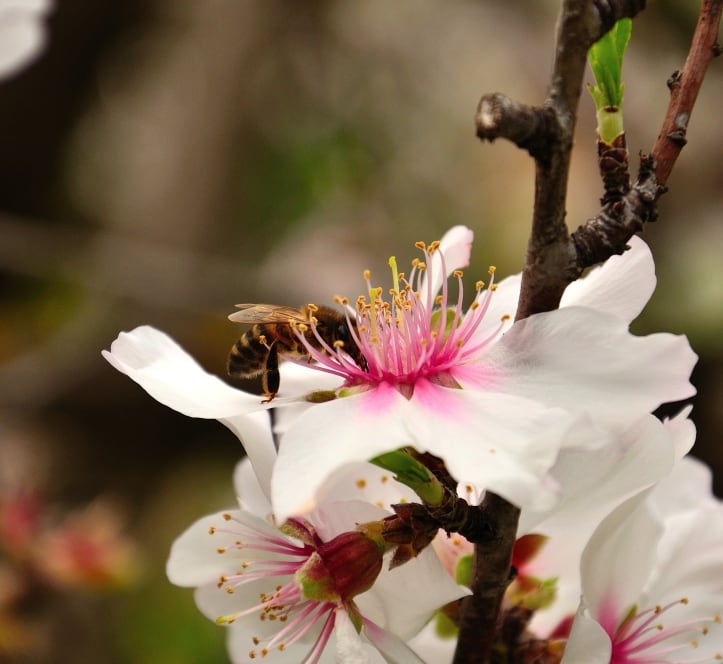
“Biodiversity is rapidly becoming an issue of key importance for the food industry,” UEBT’s Lojenga asserted.
“The links between biodiversity and the food sector are multiple: pollination, maintaining genetic variety to combat diseases, access to raw materials for sourcing. Attention to biodiversity is matter of long-term survival for the food industry.”
What should be done?
First and foremost, Lojenga believes that transparency and traceability in supply chains is a must. “Traceability is a must, and cultivation practices need to include measures to conserve and sustainably use biodiversity in sourcing areas. Some companies are already doing this, but it is not mainstream practice yet,” he noted.
Fairtrade’s Thompson also stressed that farmers need to be empowered to act on biodiversity by receiving a fair price for their products.
“We believe that farmers are best-positioned to address local environmental problems, including biodiversity, when their livelihoods are secure and sustainable. When farmers are assured of decent prices for their products and are given the opportunity to make investments to protect their local environment, farmers do work towards sustainable agriculture practices and make investments in protecting their local environment,” she told FoodNavigator.
“For many years, Fairtrade’s standards have included an entire section devoted to biodiversity and environmental protection which all Fairtrade certified producer organisations are required to meet, and there are lots of examples of projects that producers have done to further support biodiversity in their local community.”
Fairtrade recently launched an app that aims to provide farmers with information on pesticides usage. The Pesticides and Alternatives app delivers scientific knowledge directly to the phones of farmers so they can identify the least toxic pest control methods for their crop and typical pests. It contains information on non-chemical pest control alternatives from agricultural knowledge resource CABI for 2700 pests and diseases.
While Thompson believes that access to this kind of data can facilitate more sustainable practices, she said that this kind of solution in isolation is not enough. “This new Pesticides and Alternatives app is important to support farmers to access the information they need in order to move to more sustainable agricultural practices, but food tech innovations such as this are not enough alone to deliver transformative change.
“We need to think and act systemically to fundamentally change our food systems and consumption in order to safeguard the future of our ecosystem in a way that protects the human rights of people across the globe.”
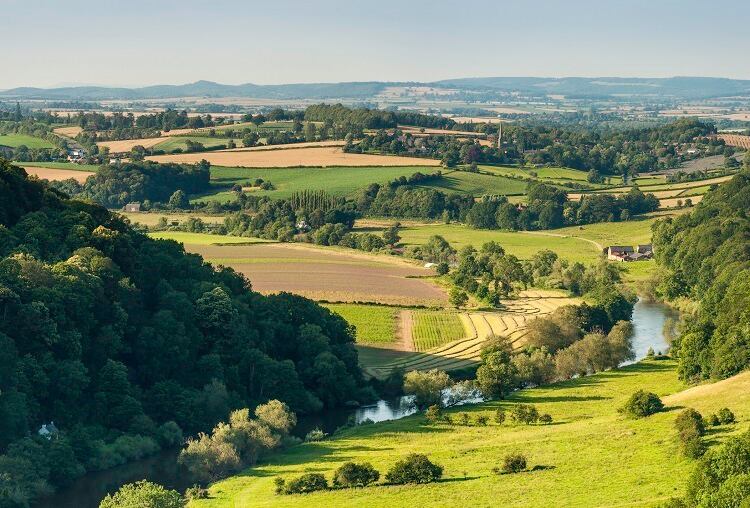
Agricultural practices and biodiversity
The use of chemical pesticides and fertilisers is a major driver of biodiversity loss – and this means that organic farming is beneficial for biodiversity compared to conventional production methods, according to organic body IFOAM-EU.
“Specialised and high-input industrial farming practices going hand in hand with the abundant use of synthetic fertilisers and pesticides lead to uniform landscapes and a severe loss of biodiversity. Organic agriculture is a holistic farming system working with living ecological systems and cycles,” a spokesperson told FoodNavigator.
“The low price of food comes at a cost: society bears the costs of pesticides' and fertilisers’ negative impact on the environment.”
Indeed, according to one study, organic farms increase pollination and host 30% more animal species and 50% more fauna than conventional farms.
This is also achieved by the conservation of hedgerows and ponds and planting of cover crops. It is also important that on-farm diversity is promoted and investments are made in breeding programmes, the spokesperson suggested. “More genetic diversity on farms is essential for the adaptability of plants and animals to local farming conditions. It makes plants more resilient to changes in weather patterns and forms the basis for natural disease and pest resistance.”
Conventional farming is also adopting practices that favour biodiversity. For instance, in Ireland as part of Bord Bia’s Origin Green programme over 10,000km of hedgerows have been planted.
It isn’t just how we produce and price food that should be re-evaluated, IFOAM-EU said. It is also what we eat.
Globally, there are more than 50,000 edible plants – but we only eat around 150 of them and, according to the UN’s Food and Agriculture Organisation (FAO), just three species – rice, maize and wheat – account for 60% of the world’s energy intake.
“The food sector should celebrate diversity and offer a variety of species to consumers rather than limit itself to producing and buying only a few species of plants and animals,” the IFOAM-EU spokesperson argued.
“Bringing diversity into the food systems starts on the field. Farmers should have better access to local and adapted varieties, while supply chain actors and consumers should be involved in supplying and demanding a more diverse range of products. We should make people work together to develop new marketing strategies for biodiverse products.”

